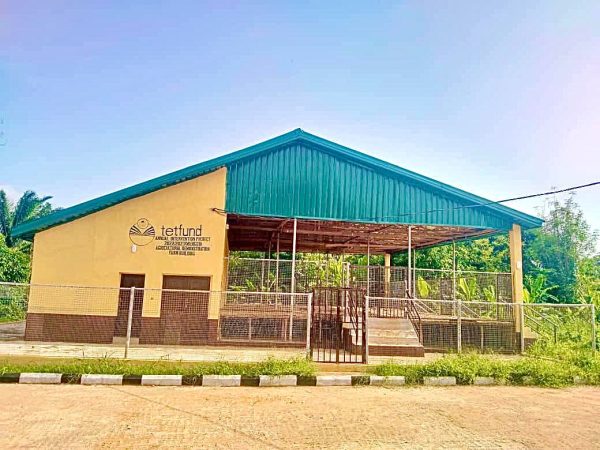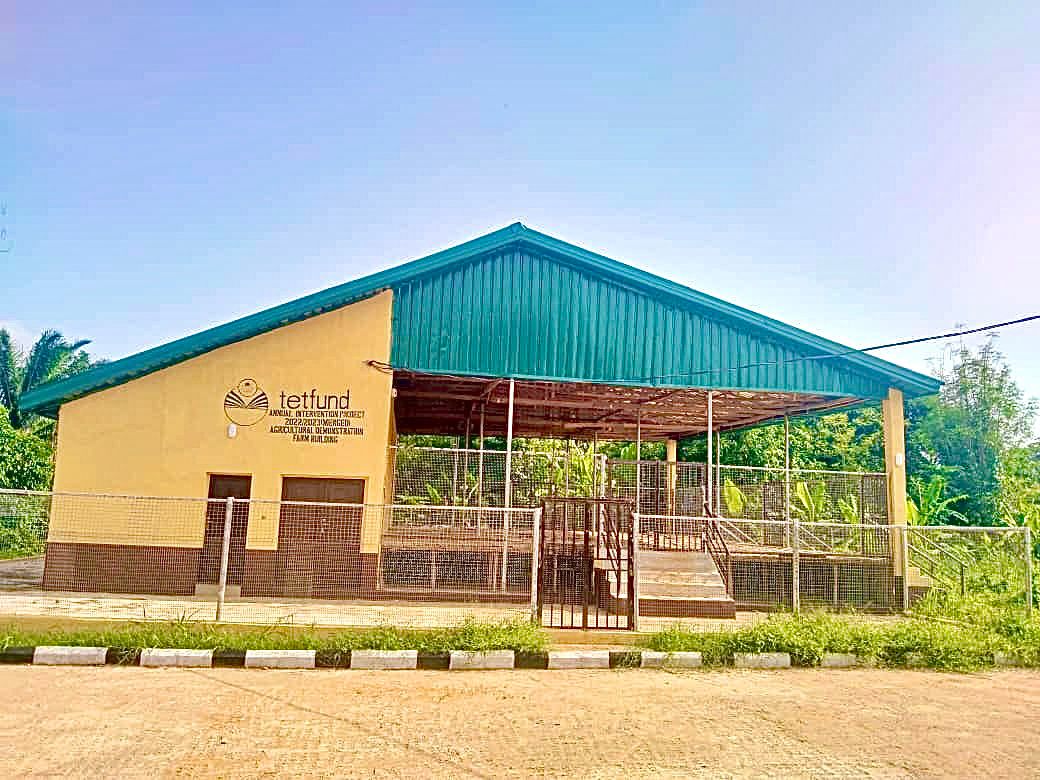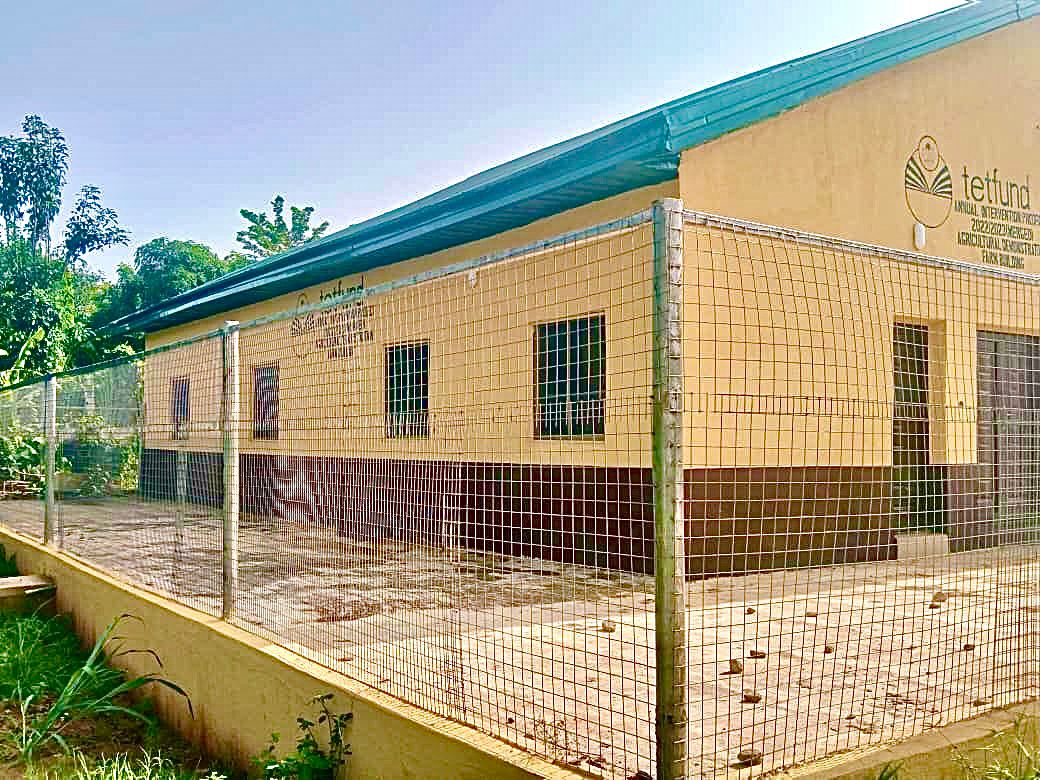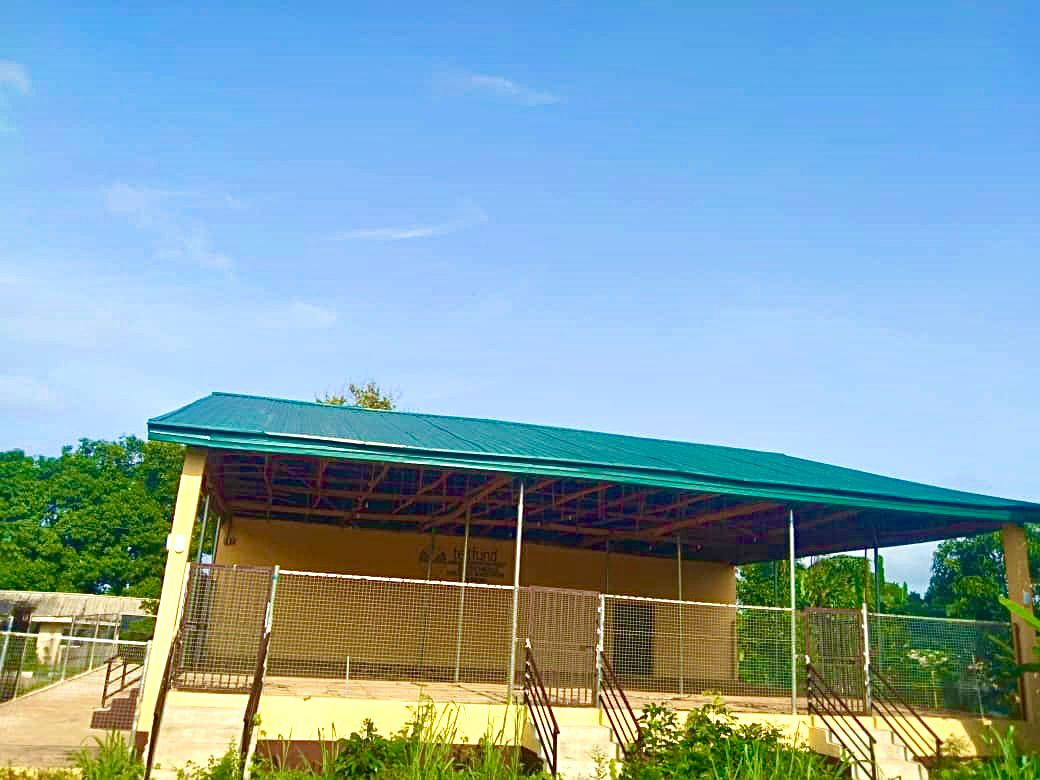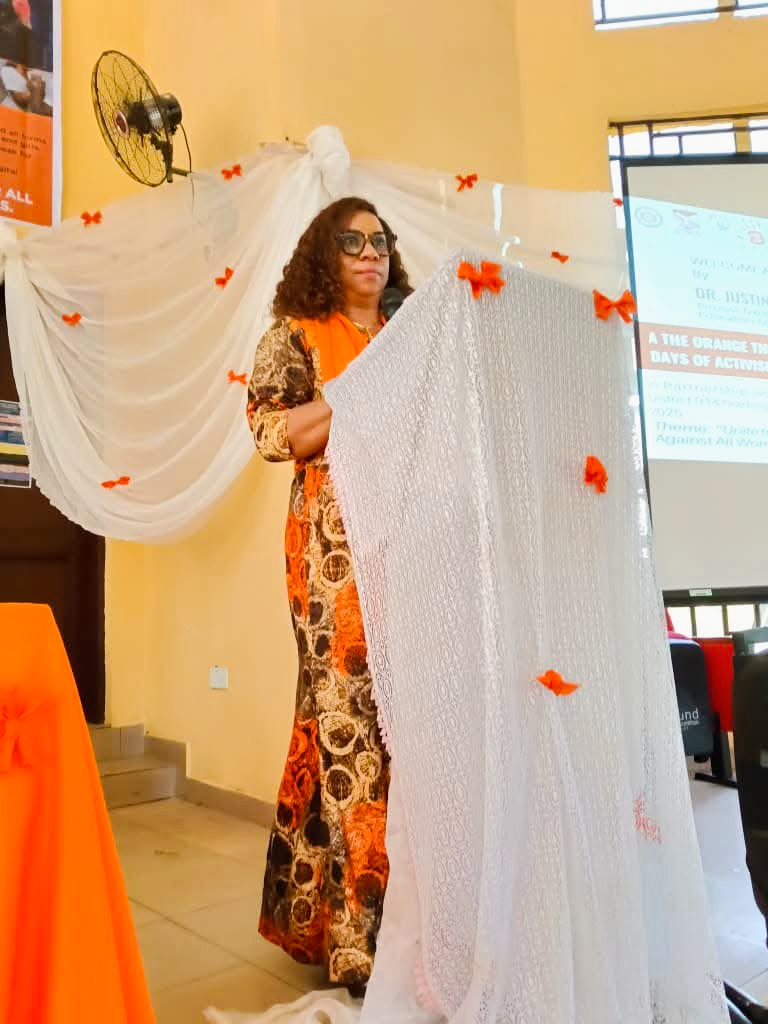Hi 👋 , welcome to;
DEMONSTRATION FARM GOAT SHED – NOCEN, NSUGBE
The Demonstration Farm Goat Shed at Nwafor Orizu College of Education, Nsugbe (NOCEN) is a vital part of the college’s agricultural training facilities. It provides students, especially those in agricultural education, with a hands-on environment for learning animal husbandry, specifically goat farming. The goat shed is structured to support both practical training and research-based learning, contributing to the development of future agricultural educators and practitioners.
About the Goat Shed
The goat shed is:
– Well-ventilated and hygienic, built to house different breeds of goats under proper care.
– Equipped with feeding and watering systems, bedding areas, and sections for breeding, health checks, and observation.
– Managed with best practices in animal welfare, ensuring students learn standard livestock management techniques.
It plays an important role in demonstrating real-life agricultural operations to students, linking classroom knowledge with field experience.
Overall Importance
The Demonstration Farm Goat Shed at NOCEN is more than just a facility—it is a living classroom. It prepares students with real-world knowledge of animal agriculture, fosters a deep understanding of livestock care, and equips them with skills necessary for teaching, research, and entrepreneurship. It supports the college’s mission to train competent, practical-oriented agricultural educators.
What Students Do Here:
1. Learn Goat Husbandry Techniques
Students are taught:
– How to identify different goat breeds and their characteristics.
– Feeding practices, including formulation of balanced rations.
– Hygiene, sanitation, and routine care to prevent diseases.
2. Participate in Daily Routines
Under staff supervision, students assist in:
– Feeding and watering the animals.
– Cleaning the shed, replacing bedding, and maintaining a healthy environment.
– Monitoring the goats for signs of illness or stress.
3. Practice Breeding and Health Management
Students observe and may assist in:
– Breeding programs, including the use of record books.
– Vaccination schedules, deworming, and basic veterinary checks.
– Tracking growth rates and health performance of goats.
4. Conduct Research and Projects
The goat shed serves as a research site where students:
– Carry out mini-projects on goat nutrition, disease prevention, or reproduction.
– Collect data and write reports for academic assessments.
– Explore sustainable farming practices applicable in rural settings.
5. Develop Teaching Skills
Agricultural education students also use the goat shed to:
– Simulate teaching sessions, using live examples to train peers or visiting pupils.
– Prepare teaching aids like charts, models, or instructional videos using their experiences at the farm.
6. Gain Entrepreneurial Insight
Through practical exposure, students learn:
– How to set up and manage a small-scale goat farm.
– Cost analysis, budgeting, and marketing strategies for goat products like meat or milk.
– The basics of agro-entrepreneurship, positioning them for self-employment after graduation.
 Page Looksograph
Page Looksograph
Want a page like this? Click the black button below & let the Vicilook Team help you set it up in minutes.


